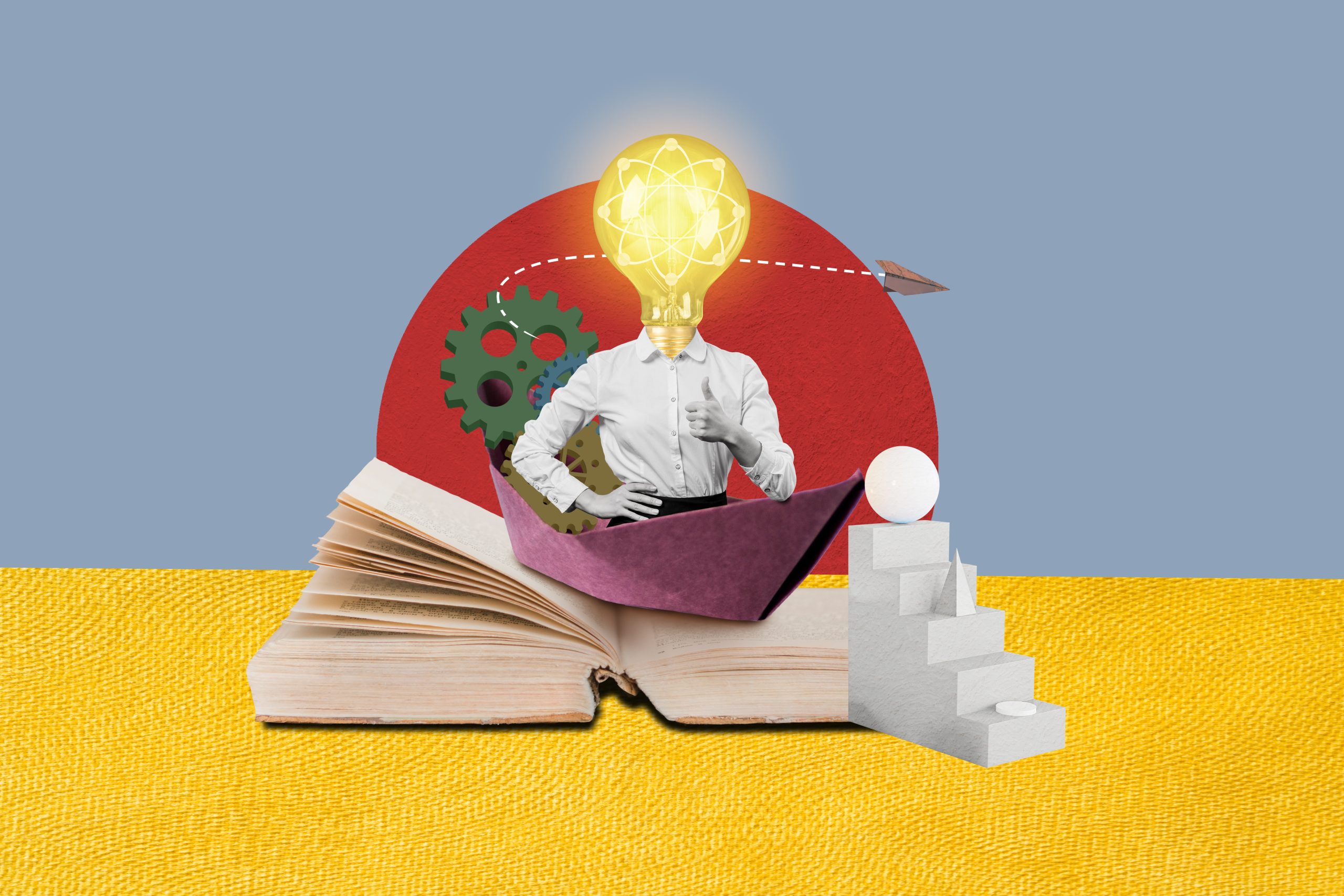Top 10 Soft Skills Every Student Must Build Now
In today’s fast-changing world, academic marks are important but they aren’t everything. Employers, colleges, and educators increasingly value soft skills: the personal qualities that help students communicate, solve problems, and work well with others. For students in Grades 8–10, these are formative years to start building habits that last a lifetime. This guide highlights the Top 10 soft skills every student should develop now, and it gives practical, low-cost activities parents, teachers, principals, and career counselors can use to help young learners grow.
Why soft skills matter for students (and how they impact futures)
Soft skills — like communication, teamwork, and resilience — shape how a student learns and interacts. These skills influence classroom performance, mental well-being, and long-term career success. For students considering technology, arts, science, or trades, soft skills make the difference between a competent graduate and a confident, employable candidate.
Schools that combine subject knowledge with soft-skill development prepare students for real-world challenges. Career counselors and teachers can use small, consistent activities to create big gains. Below are the top ten soft skills to prioritize, with examples and practical exercises you can start today.
Top 10 Soft Skills (with examples & activities)
-
Communication
Why it matters: Clear speaking and writing help students express ideas, ask for help, and present projects confidently.
Classroom activity: Weekly 3-minute student presentations on a hobby or book. Parents can practice mock interviews at home.
-
Critical Thinking & Problem Solving
Why it matters: These skills let students analyze information, make decisions, and solve real problems rather than memorize answers.
Activity: Give a simple real-world problem (budgeting for a school event, designing a poster campaign) and ask students to propose 3 solutions with pros and cons.
-
Teamwork & Collaboration
Why it matters: Most modern work happens in teams. Learning to collaborate respectfully is essential.
Activity: Project-based learning — small groups create a short video, a class magazine, or a community awareness poster.
-
Adaptability & Flexibility
Why it matters: The future will frequently change. Students who adapt quickly handle new subjects, technologies, and environments better.
Activity: Rotate roles in group work each week so students experience different responsibilities (leader, researcher, editor).
-
Emotional Intelligence (EQ)
Why it matters: EQ helps students manage emotions, empathize with others, and handle stress — key for both school and life.
Activity: Short daily check-ins (1–2 minutes) where each student names one feeling and one positive thing that happened that day. Teach simple breathing exercises for stress.
-
Time Management & Self-Discipline
Why it matters: Managing time reduces last-minute rush and improves the quality of work.
Activity: Encourage students to maintain a simple weekly planner (digital or paper) with study blocks, homework slots, and break times. Reward consistency over perfection.
-
Creativity & Innovation
Why it matters: Creativity helps students think beyond textbooks and find original solutions — valuable in entrepreneurship, design, and STEM fields.
Activity: “Friday Innovation Hour” — 30–45 minutes for students to tinker, draw, code, or invent. No grades: just exploration.
-
Leadership
Why it matters: Leadership is about responsibility and influence, not just authority. Early leadership experiences build confidence and decision-making skills.
Activity: Create rotating leadership roles for class activities — event organizer, discussion moderator, peer mentor.
-
Digital Literacy & Online Etiquette
Why it matters: Comfort with basic digital tools and understanding safe online behavior is crucial for academic research and future jobs.
Activity: Teach students how to evaluate a website, create a simple presentation, and practice respectful online communication. Use projects that require safe use of the internet for research.
-
Resilience & Growth Mindset
Why it matters: Resilience helps students recover from setbacks. A growth mindset turns failures into learning steps.
Activity: Encourage reflection journals where students write one mistake and three things they learned from it. Celebrate effort and progress publicly.

How parents, teachers, and counselors can work together
Soft skills develop best when the home and school send the same message. Here’s a simple plan for collaboration:
- Principals: Integrate soft-skill goals into the school calendar — weeks for communication, creativity, or leadership.
- Teachers: Use short, consistent activities (10–20 minutes) focused on one skill each week rather than occasional large events.
- Parents: Reinforce skills at home — ask open-ended questions, allow responsibilities, and model time management.
- Counselors: Run small-group sessions on decision-making, study skills, and digital safety; refer students to resources when needed.
Practical tips for classroom implementation
- Start small: A weekly 15-minute activity is more sustainable than a one-off workshop.
- Assess growth, not perfection: Use simple rubrics that value effort, teamwork, and improvement.
- Use peer feedback: Students often learn more from each other when feedback is structured and kind.
- Link to careers: Show how each soft skill maps to real jobs — e.g., teamwork for healthcare, creativity for product design, communication for teaching.
Resources & further reading
To learn more and add credible material to your lessons or counseling sessions, check these reputable sources:
- World Economic Forum — Future of Jobs (skills employers value)
- UNESCO (education resources and skills frameworks)
- MindTools (practical tips for time management and communication)
How this connects to career choices
For students leaning toward IT, design, business, or the sciences, soft skills are as important as technical knowledge. If you’re guiding students toward a tech path, explore practical career starters here: Start a Career in IT. Many entry-level roles in technology value clear communication, problem-solving, and teamwork more than a specific programming language at the start.
Quick checklist for parents & teachers
- Do one 10–20 minute soft-skill activity per week.
- Rotate leadership roles so every student leads at least once per term.
- Keep a simple tracker for progress — focus on consistency.
- Use real tasks (events, projects, presentations) to practice skills.
Conclusion
Soft skills are the quiet superpower beneath academic success. When students in Grades 8–10 start practicing communication, teamwork, resilience, and other essential skills now, they gain a lifetime advantage — socially, academically, and professionally. Small, regular actions by parents, principals, teachers, and counselors create lasting change.
Have you tried any activities that helped students build soft skills? Share your best tips in the comments, and please share this article with other educators and parents who want to help young learners thrive.




